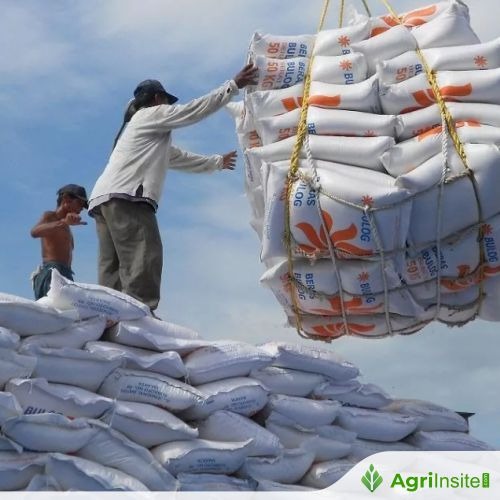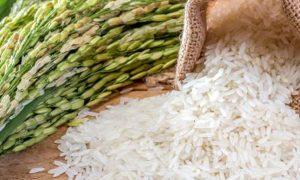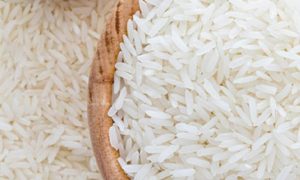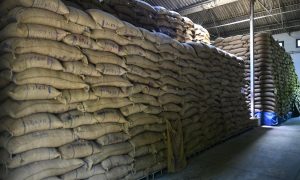Philippines : More funding for irrigation to cut reliance on rice imports—DA

The Department of Agriculture says ₱1 trillion is needed to upgrade irrigation for over a million hectares, boosting farm output and reducing rice imports. Secretary Tiu Laurel urged investment to reverse decades of neglect, stabilize rice milling, and promote food security, as imports reached 4.78 million MT in 2024.
The Department of Agriculture (DA) said the country’s irrigation system needs additional funding of up to ₱1 trillion to boost agricultural output and reduce reliance on the importation of key crops such as rice.
Agriculture Secretary Francisco Tiu Laurel made this statement during his presentation to the Senate Committee on Agriculture, Food, and Agrarian Reform chaired by Senator Francis Pangilinan.
Tiu Laurel told lawmakers that increasing investments in the agriculture sector is critical to reverse “decades of underinvestment that have left Filipino farmers behind and the country dependent on imports.”
He said one of the most important components of the sector are irrigation facilities, which are often outdated and have limited capacity.
“To irrigate over a million hectares of farmland, we need more than ₱1 trillion,” Tiu Laurel said.
“Without it, we enrich foreign farmers while our own continue to struggle,” he added.
In 2024, the country imported a record-high 4.78 million metric tons (MT) of rice, 32-percent higher than the 3.61 million MT recorded in 2023.
The government attributed the increase in imports to the need to fill the gap in domestic output, which failed to meet the strong demand due to the impact of severe weather conditions last year.
The country’s output of palay or unmilled rice stood at 19.09 million MT in the same year, lower than the record harvest of 20.06 million MT in the previous year.
Driven by favorable weather conditions, the DA has estimated that the country will surpass its earlier forecast of 20.46 million MT, making this year a potential record holder for palay harvest.
According to the Philippine Statistics Authority (PSA), palay production during the first six months of the year reached 9.08 million MT, up six percent from 8.53 million MT in the same period last year.
Nonetheless, the United States Department of Agriculture (USDA) still estimates that the Philippines will import 4.9 million MT this year.
The foreign agency previously reduced its forecast from an initial projection of 5.4 million MT due to the upcoming implementation of a 60-day rice import ban next month.
Apart from potentially cutting the country’s reliance on imports, Tiu Laurel noted that additional investment in irrigation would be a step forward in the government’s goal of achieving self-sufficiency and food security.
“Our goal is clear: import only what we need, and produce as much as we can,” he told the Senate panel.
Agriculture Assistant Secretary Arnel de Mesa said earlier this week that more funding for irrigation projects would enable the DA to build more water impounding projects to boost farmers’ productivity and enhance safeguards against potential agricultural damage from flooding.
In a related development, Tiu Laurel is pushing for the establishment of more rice processing systems in the country, which forms part of a wide-ranging measure to bring down utilization in rice milling.
Tiu Laurel said some rice millers are operating at near 100-percent capacity, which he noted “often signals monopolistic conditions.”
“Our target utilization rate is 80 to 85 percent. That’s where efficiency improves, costs go down, and all parties—millers, farmers, and consumers—benefit, provided other costs hold steady,” he said.
Once rice mill usage stabilizes within the target range, he said the Philippine Center for Postharvest Development and Mechanization (PhilMech) redirect investments toward production-side equipment such as tractors and seeders.
PhilMech is currently funding post-harvest infrastructure such as mills and dryers.
Tiu Laurel said this shift would support the National Food Authority (NFA), which has seen its milling and drying capacity decline since the Rice Tariffication Law (RTL) scaled back its operational role.
“By focusing on smart utilization rather than unchecked expansion, the DA aims to balance market supply, stabilize rice prices, and protect farmer incomes,” the official said.
To Read more about Rice News continue reading Agriinsite.com
Source : Manila Bulletin















